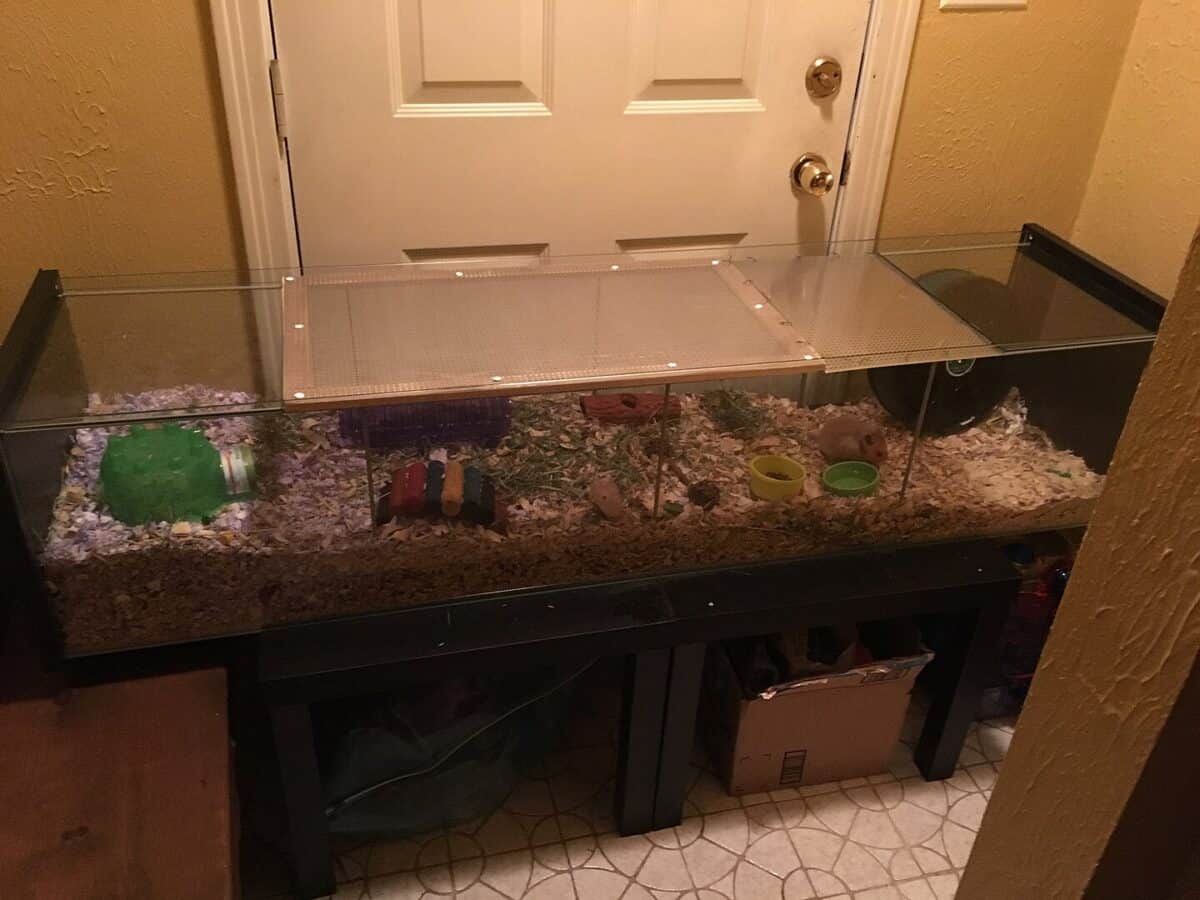Creating the perfect playground for your hamster is more than just a fun project – it’s an essential contribution to your pet’s physical health, mental stimulation, and overall happiness. Hamsters are naturally active creatures who love to climb, burrow, explore, and play. In the wild, they can travel several miles each night, so providing an enriched environment that mimics these natural behaviors is crucial for their wellbeing in captivity. This comprehensive guide will walk you through everything you need to know to create the ultimate hamster playground that will keep your furry friend engaged, healthy, and thriving for years to come.
Understanding Your Hamster’s Natural Behaviors
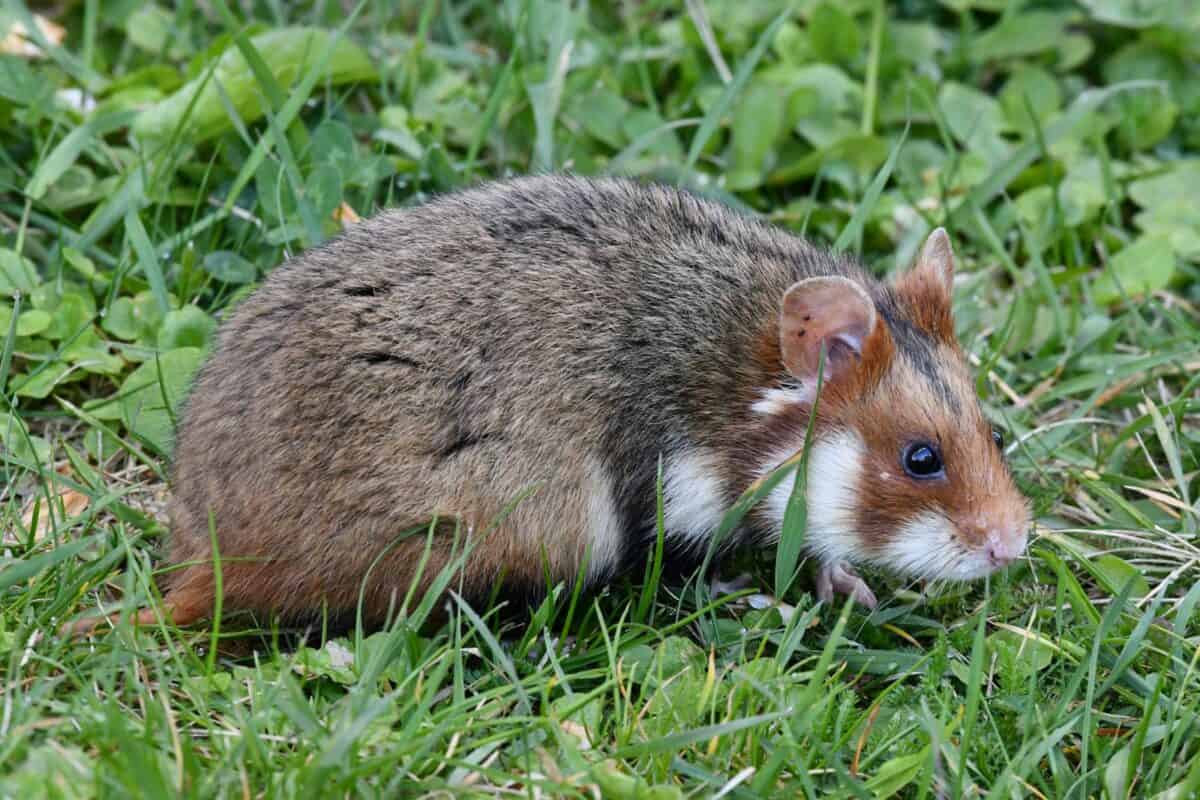
Before building your hamster playground, it’s important to understand what drives your pet’s natural behaviors. Hamsters are nocturnal creatures who have evolved specific instincts and needs. In the wild, they spend their nights foraging for food, burrowing complex tunnel systems, climbing, and exploring their territory. They’re naturally curious animals who need mental stimulation to prevent boredom and stress. Different hamster species may have slightly different preferences – Syrian hamsters are solitary and need more personal space, while dwarf species like Roborovskis are extremely energetic and benefit from extra running space. By understanding these natural tendencies, you can design a playground that satisfies your hamster’s instinctual drives and provides appropriate outlets for their energy.
Essential Safety Considerations
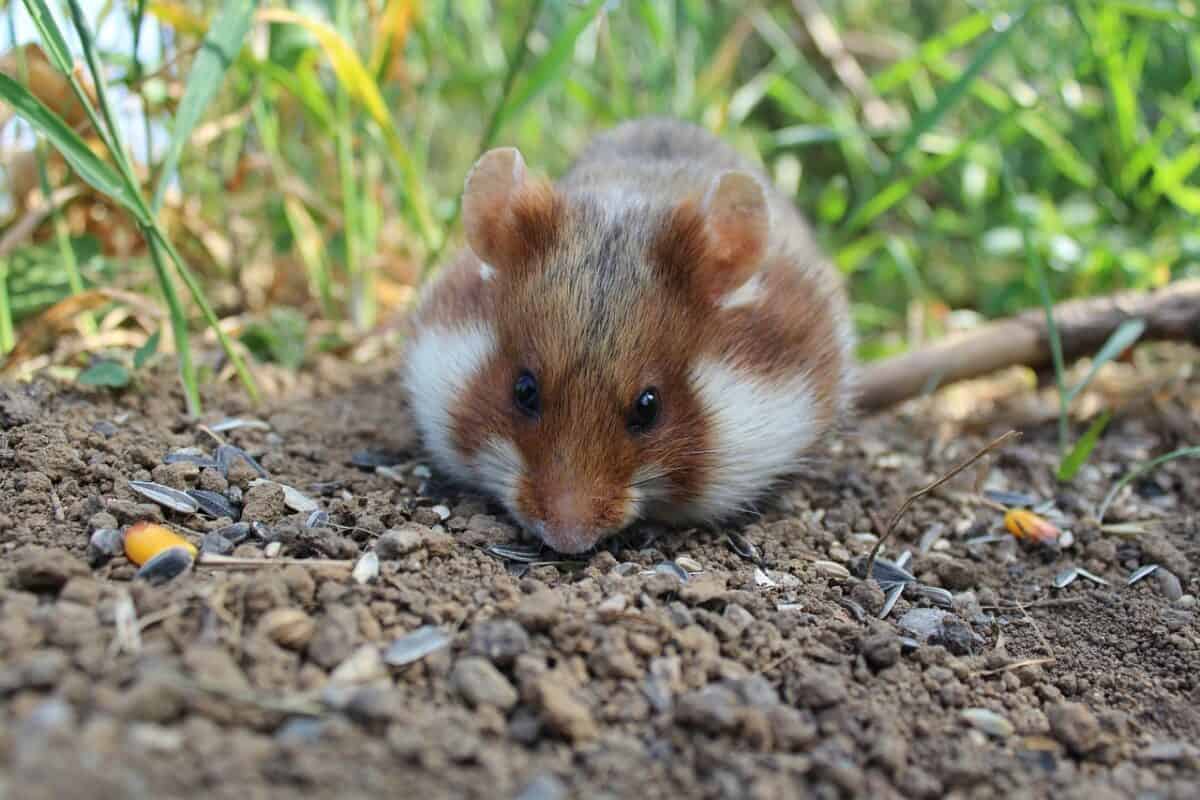
Safety should be your top priority when creating any hamster habitat. Ensure all materials are non-toxic and hamster-safe – avoid pine and cedar woods which contain harmful phenols, and steer clear of any small plastic pieces that could be chewed and swallowed. Create a secure enclosure with walls at least 8 inches high for dwarf hamsters and 10 inches for Syrian hamsters, as they’re excellent climbers and jumpers. Round any sharp edges or corners that could cause injury, and avoid any gaps or openings larger than 1/4 inch where your hamster could escape or get stuck. Make sure any levels or platforms are securely attached and stable enough to support your hamster’s weight. Regularly inspect the playground for any potential hazards, damaged parts, or areas that have been chewed and could become dangerous. By prioritizing safety from the beginning, you’ll create an environment where your hamster can play freely without risk of injury.
Choosing the Perfect Base Habitat
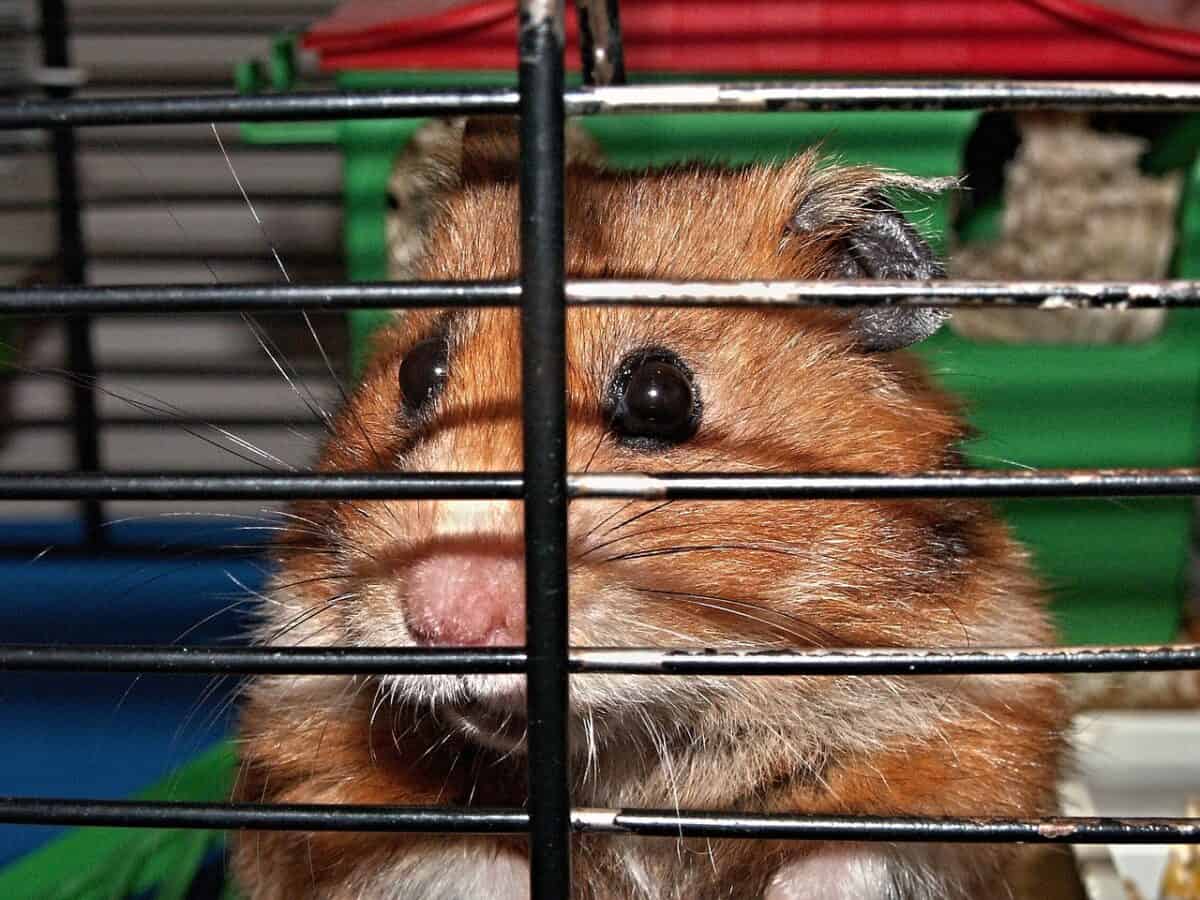
The foundation of your hamster playground should be a spacious, well-ventilated enclosure. The minimum recommended cage size for Syrian hamsters is 450 square inches of unbroken floor space, while dwarf species need at least 400 square inches – though larger is always better. Glass aquariums with mesh lids, large plastic bin cages with ventilation holes, or commercial wire cages with a solid bottom all make excellent base habitats. Avoid wire-bottom cages which can cause painful foot injuries called bumblefoot. Multi-level cages can provide additional space for exploration, but ensure ramps are not too steep and have solid sides to prevent falls. Your base habitat should allow for at least 4-6 inches of bedding depth in at least one area to enable natural burrowing behavior. Remember that this base habitat is just the starting point – the playground elements you add will transform it into an enriched environment that keeps your hamster mentally and physically stimulated.
Creative Tunnels and Burrow Systems

In their natural environment, hamsters create extensive underground tunnel systems, so incorporating tunnels into your playground is essential for replicating this behavior. You can use commercial plastic tubes, cardboard tubes from paper towels or toilet paper, PVC pipes (thoroughly cleaned and at least 2-3 inches in diameter), or even create DIY tunnels from safe materials. Connect multiple tunnels to create an intricate maze system with various entrances and exits. Some hamster owners get creative by building multi-level tunnel systems that connect different areas of the habitat. Be sure tunnels are wide enough for your hamster to turn around comfortably – at least 2 inches in diameter for dwarf species and 3-4 inches for Syrian hamsters. Embedding some tunnels partially in the bedding creates a more natural burrowing experience. Remember that hamsters love surprises, so consider creating “rooms” or chambers within the tunnel system where you can hide treats or nesting material.
Exercise Wheels and Running Areas
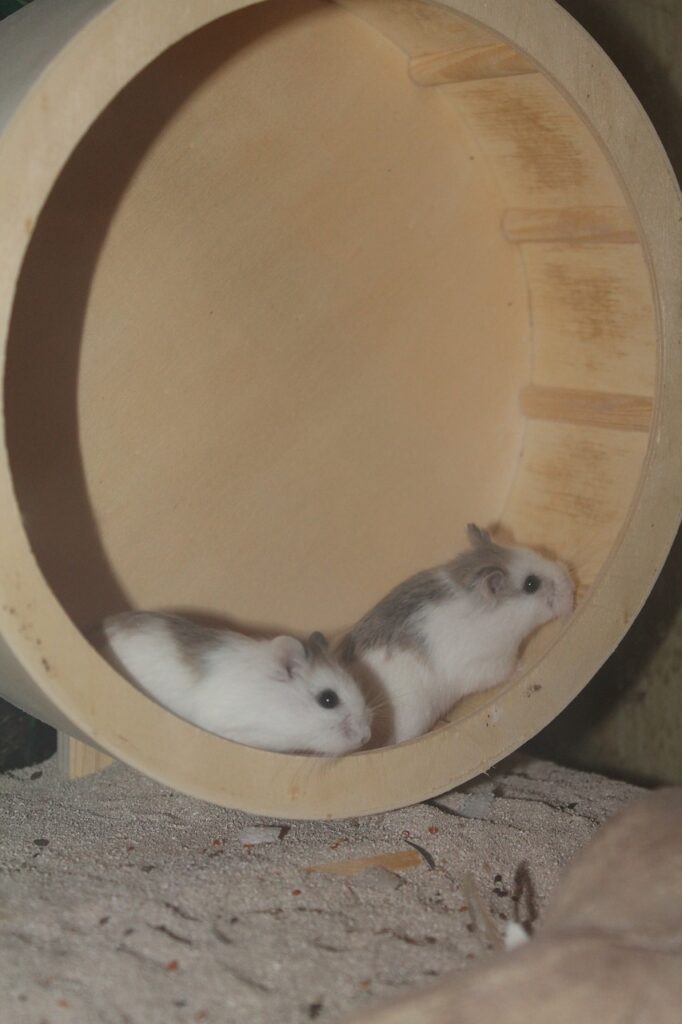
Exercise wheels are perhaps the most iconic hamster playground equipment, and for good reason – they provide crucial exercise that mimics a hamster’s natural running behavior. Choose a solid-surface wheel (not wire bars) to prevent foot injuries, with a diameter of at least 8 inches for dwarf hamsters and 10-12 inches for Syrian hamsters. The wheel should be large enough that your hamster’s back remains straight while running to prevent spinal problems. In addition to a wheel, consider adding a hamster exercise ball for supervised playtime outside the cage, but limit sessions to 15-20 minutes to prevent overheating and stress. Some hamsters also enjoy flying saucer-style wheels, which provide a different running experience with less back arching. Create open running areas in the playground where your hamster can sprint freely, as this mimics their natural behavior of covering distance in the wild. Research has shown that hamsters may run up to 5 miles per night in the wild, so providing ample exercise opportunities is essential for their physical and mental health.
Climbing Structures and Multi-Level Designs

While hamsters are not as proficient at climbing as some other small pets, they do enjoy vertical exploration when given safe options. Incorporate wooden platforms, ramps, bridges, and ladders to create a multi-dimensional playground. Natural wood branches from pet-safe trees like apple or pear (thoroughly cleaned and dried) make excellent climbing structures. Ensure all climbing elements are securely attached and have enough traction for tiny paws – covering ramps with non-toxic, easily cleanable material can help prevent slips. Create various levels at different heights, but keep in mind that falls can be dangerous for hamsters, so include gentle inclines rather than steep climbs, and keep the highest platforms no more than 8-10 inches above padding or bedding. Some hamsters particularly enjoy rope ladders or natural branch arrangements that mimic trees. Remember that different hamster species have different climbing abilities – Chinese hamsters, for example, are particularly adept climbers compared to other species.
Enrichment Toys and Activity Centers
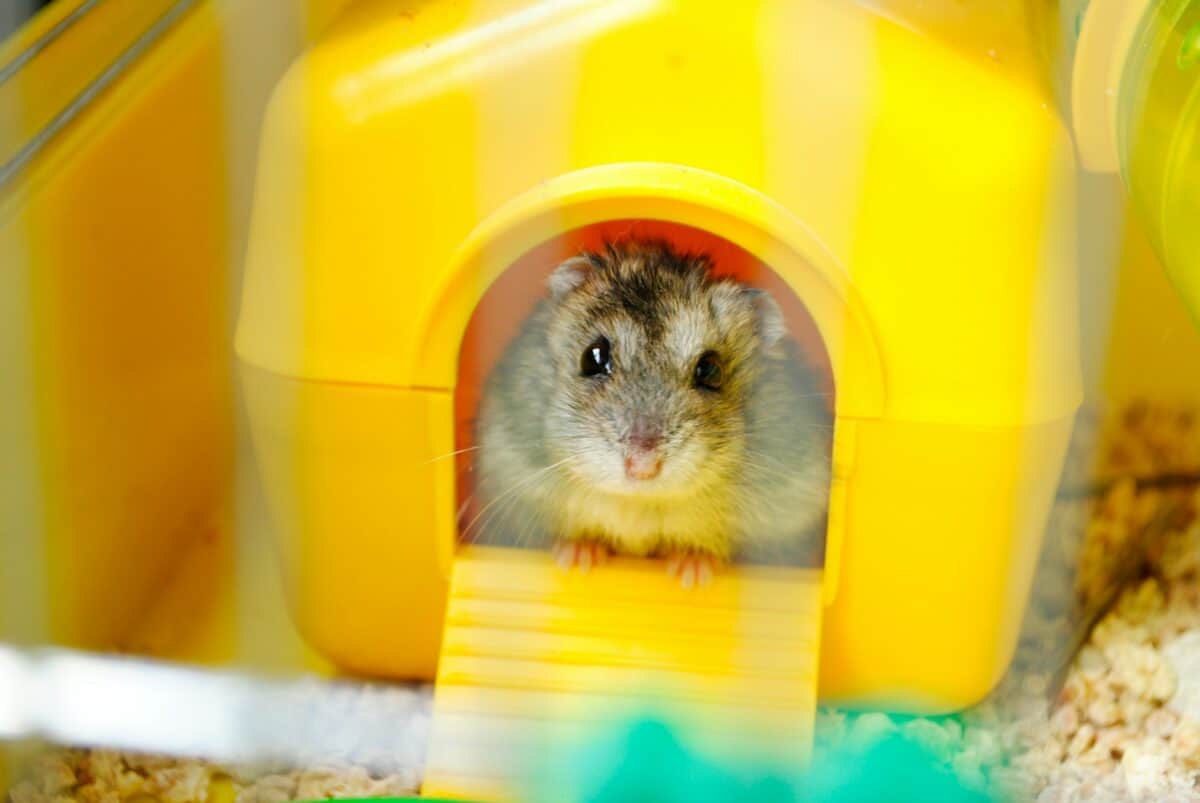
Toys are essential for preventing boredom and encouraging natural behaviors like foraging and problem-solving. Rotate different toys weekly to maintain novelty and interest. Simple options include cardboard boxes with entrance holes, untreated wooden blocks or chew toys, ceramic hideouts, and tunnels. More complex enrichment might include puzzle toys that dispense treats, hanging toys that encourage stretching and reaching, or activity centers with multiple features. DIY toys can be made from toilet paper tubes stuffed with hay and treats, or cardboard egg cartons filled with different textures and hidden food. Avoid toys with small plastic parts that could be chewed off and swallowed. Sand baths using children’s play sand (baked and cooled to sterilize) provide both enrichment and help with coat maintenance. Each hamster has individual preferences, so observe which toys engage your pet most and provide more similar options. Studies have shown that environmental enrichment significantly reduces stress behaviors in captive hamsters and promotes natural behavioral patterns.
Natural Elements and Textures

Incorporating natural elements into your hamster playground creates a more stimulating environment that encourages instinctual behaviors. Use varying substrate textures in different areas – paper-based bedding for burrowing, coconut fiber for moisture retention in one corner, and hemp or aspen shavings in another area. Add natural items like untreated cork bark pieces, smooth river stones (large enough not to be swallowed), ceramic plant pots, and dried grass mats. These different textures provide sensory enrichment and give your hamster choices about where to explore, rest, or play. Include hay piles which can serve as both nesting material and occasional snacks. Some hamsters enjoy dried leaves (pesticide-free) from safe trees like apple or pear. These natural elements not only make the playground more interesting but also help satisfy your hamster’s innate need to interact with varying environments. The different smells, textures, and materials create a more complex and enriching habitat that prevents the boredom that can lead to stress behaviors.
Foraging Opportunities and Food Enrichment

In the wild, hamsters spend a significant portion of their active hours foraging for food, so incorporating food-finding opportunities into your playground encourages natural behaviors. Instead of simply placing food in a dish, scatter small amounts of food throughout the playground, bury treats in the bedding, or place them inside puzzle toys that require problem-solving to access. Commercial foraging toys are available, or you can create DIY versions using toilet paper tubes with the ends partially closed, small cardboard boxes with multiple entry holes, or treat balls designed for small animals. Sprinkle herbs like chamomile, dandelion leaves, or dried mint among the bedding for your hamster to discover. Create a “foraging box” filled with different substrates like shredded paper, hay, and safe dried flowers where you can hide treats. This enrichment not only provides mental stimulation but also extends feeding time, preventing boredom and obesity by making your hamster work for their food as they would in nature.
Hideouts, Nests, and Cozy Corners
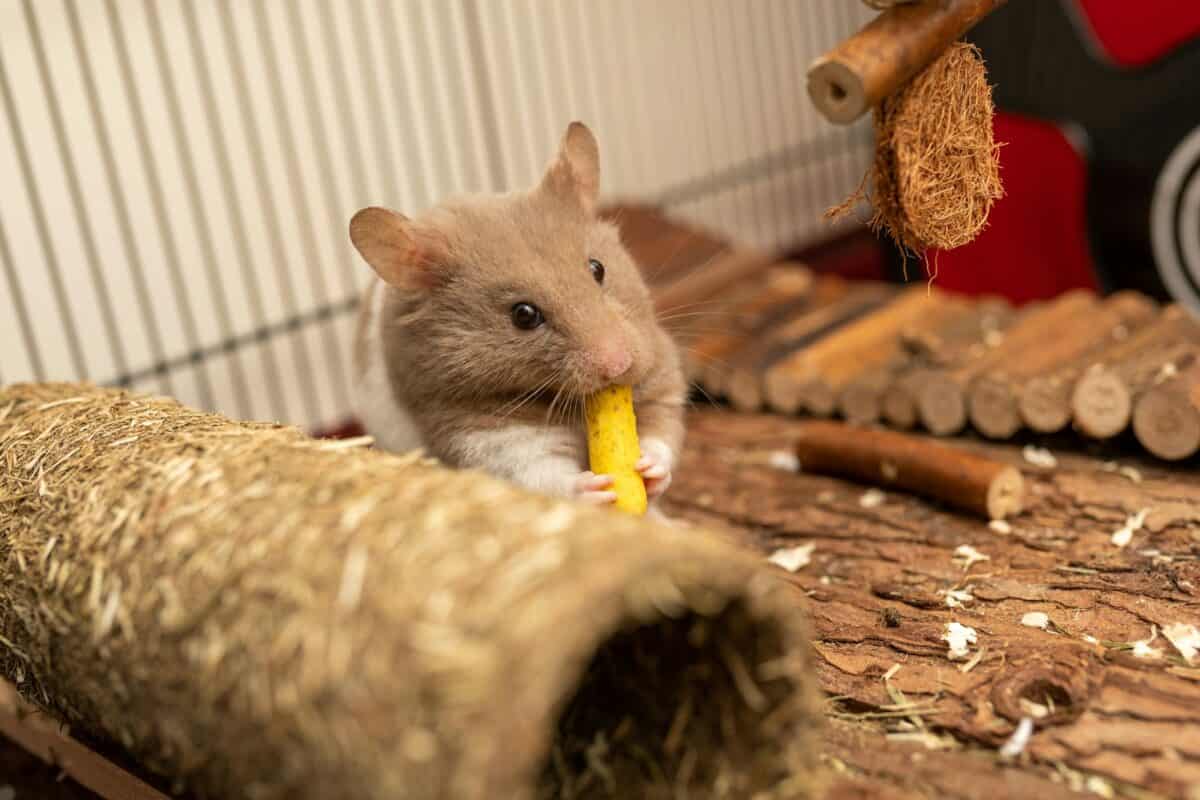
Hamsters need secure places to rest, hide, and feel safe, as they’re prey animals in the wild who seek shelter when feeling vulnerable. Include multiple hideouts throughout your playground – commercial wooden houses, ceramic shelters, or DIY options like clean cardboard boxes. Position these hideouts in different areas, including quiet corners away from busy play zones. Provide plenty of nesting material like unscented toilet paper, white paper towels without printing, or commercial paper nesting material (avoid cotton or stringy materials that can cause intestinal blockages or wrap around limbs). Some hamsters prefer covered nests while others like more open resting spots, so offer variety. Create at least one area with deep bedding (6+ inches) where your hamster can create their own burrow system. Research shows that hamsters with adequate hiding places show fewer stress behaviors and appear more confident in exploring their environment. Remember that these cozy spaces aren’t just for sleeping – they’re crucial security zones that allow your hamster to retreat when they feel threatened or overwhelmed.
DIY Projects for Custom Playground Features
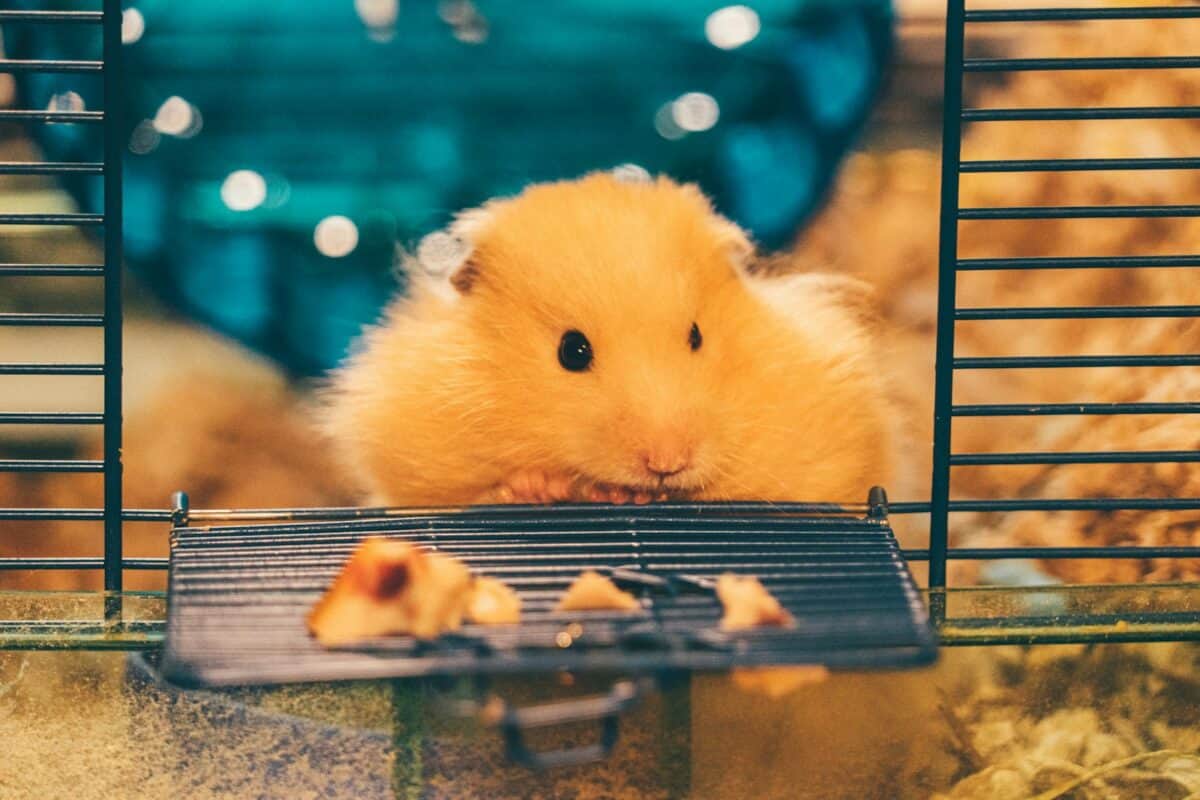
Creating custom playground features can be both economical and rewarding, allowing you to tailor the environment specifically to your hamster’s preferences. Simple DIY projects include popsicle stick platforms secured with pet-safe glue, cardboard box mazes reinforced with non-toxic tape, and homemade tunnels from PVC pipes covered with non-toxic paper. For climbing structures, you can create balanced ladders using untreated wooden dowels and wooden discs. A popular DIY item is the “bendy bridge” made from popsicle sticks connected with pet-safe wire, forming a flexible bridge between platforms. Repurpose clean plastic containers by cutting openings to create unique hideouts. Make a DIY sand bath using a heavy ceramic dish filled with sanitized children’s play sand. Custom multi-chamber wooden houses can be constructed using untreated wood and non-toxic glue. Remember to sand all wooden edges smooth and ensure all materials are hamster-safe. The advantage of DIY projects is that you can adjust dimensions perfectly for your specific hamster and create unique features that commercial products don’t offer.
Maintaining and Cleaning Your Hamster Playground
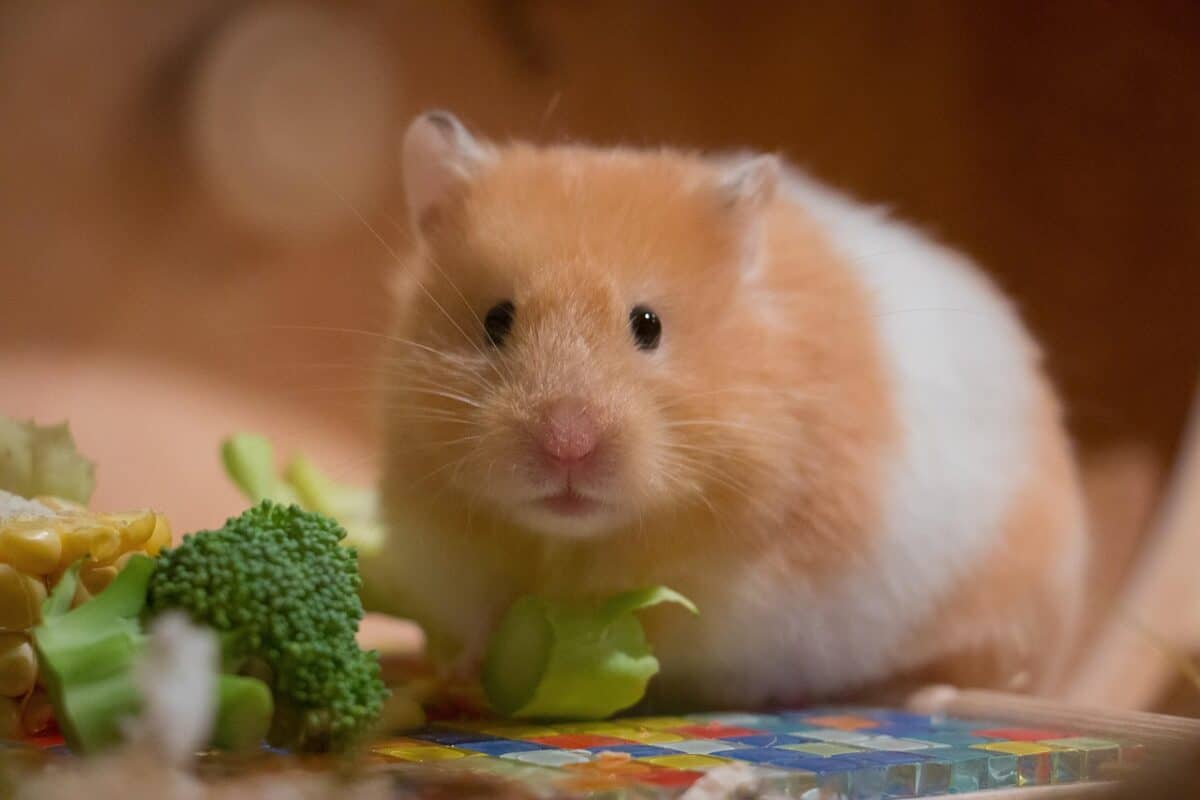
A clean playground is essential for your hamster’s health and well-being. Establish a regular cleaning schedule – spot clean the habitat daily by removing soiled bedding, uneaten fresh food, and waste. Perform a deeper clean of the entire playground every 1-2 weeks, depending on cage size and how many messy areas there are. During deep cleans, transfer your hamster to a secure temporary habitat while you work. Clean plastic components with mild, unscented soap and water, rinse thoroughly, and dry completely before reassembling. For wooden items, brush off debris and occasionally sanitize with a white vinegar solution (1 part vinegar to 1 part water), allowing them to dry completely. Replace bedding entirely during deep cleans, but consider saving a small amount of clean, familiar bedding to mix with the new material to maintain comforting scents. Clean exercise wheels weekly as they quickly accumulate waste. Rotate toys regularly, both for cleaning and to maintain novelty. Be aware that hamsters create designated bathroom areas, and once established, these can be spot-cleaned more frequently to reduce overall cage odor.
Building the ultimate hamster playground is an ongoing process of observation, adjustment, and creativity that rewards both you and your small pet with years of enjoyment. The time and effort invested in creating a stimulating environment pays dividends in your hamster’s physical health, psychological well-being, and overall quality of life. Remember that each hamster is an individual with unique preferences, so the perfect playground will evolve as you learn what specific activities, textures, and features your particular pet enjoys most. The most successful hamster playgrounds balance natural behaviors with safety considerations, creating an environment where your pet can express their full range of instinctual activities while remaining protected from harm. By thoughtfully designing a playground that addresses your hamster’s need for exercise, exploration, foraging, burrowing, and security, you’re not just providing entertainment – you’re creating a fulfilling life for a creature that depends entirely on your care.
- The Coldest Town in America—And How People Survive There - August 9, 2025
- How Some Birds “Steal” Parenting Duties From Others - August 9, 2025
- 12 Deep-Sea Creatures You Won’t Believe Exist - August 9, 2025

